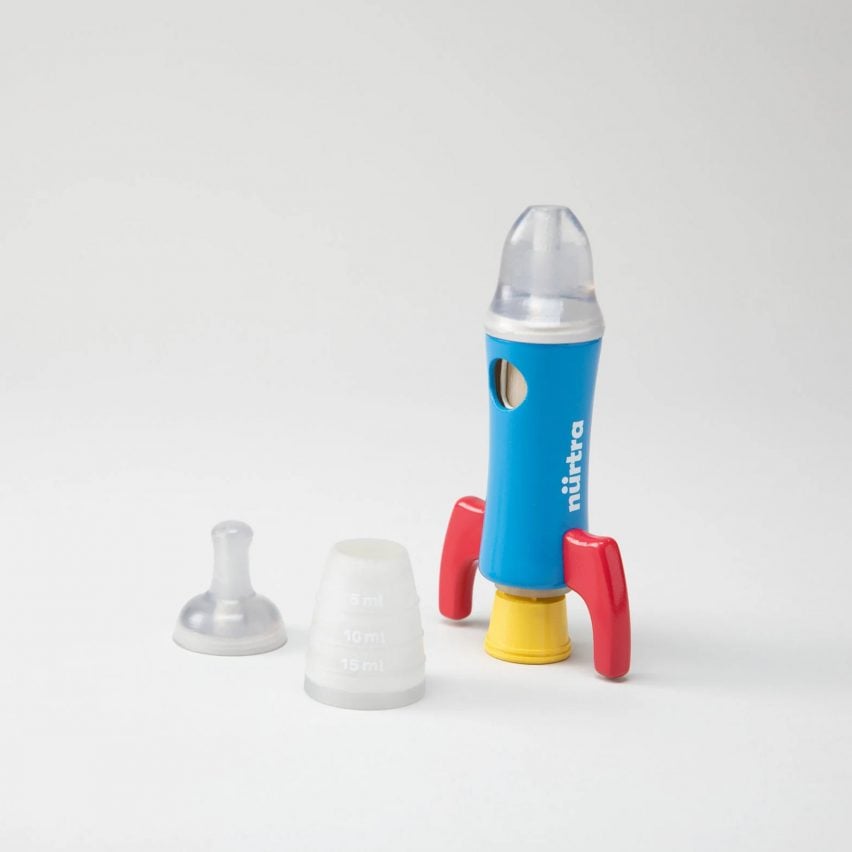
Dezeen School Shows: we’ve rounded up seven student projects featured in Dezeen School Shows that utilise modern technology to innovate medical equipment.
In response to advancing technology, a number of student designers have proposed gadgets and products designed to enhance the healthcare industry and refine medical procedures and equipment.
This roundup of projects includes a product that extracts stem cells from menstrual blood, a robot that assists and acts as a companion for the elderly, and a ski helmet that measures the severity of head injuries caused by skiing accidents.
The selection of projects comes from product design engineering, bio design, industrial design, and master of design courses at international institutions including Brunel University, The Design Village, Loughborough University and Hong Kong Polytechnic University (PolyU).
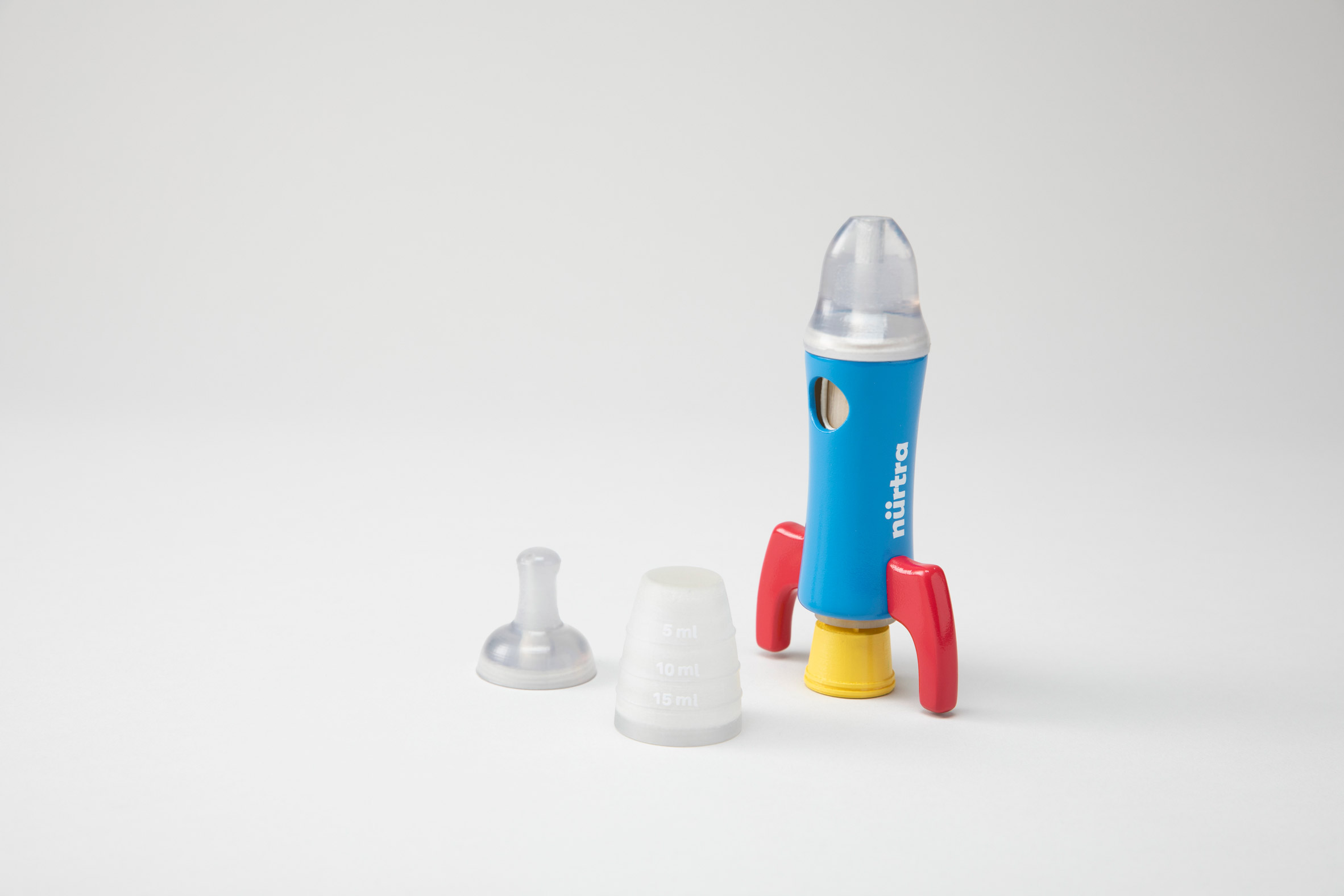
Nürtra by Joshua Li
Partnering with a pharmaceutical company, product design engineering student Joshua Li designed a device that aims to make the process of taking medication easier for young children.
Integrating playfulness with modular components that transform regular devices into familiar toys, Li aims to create a safe tool that eases the process for both parents and children.
“Some children require daily medication to combat deadly illnesses but there is a lack of innovation in current devices used for pediatric medication delivery,” said Li.
“Anxiety while taking medication, preparation and delivery failures from parents, poorly designed devices, and the stigma associated with these conditions can lead to reduced therapy adherence, thereby possibly endangering their lives.”
Student: Joshua Li
School: Brunel University
Course: Product Design Engineering BSc
View the full school show ›
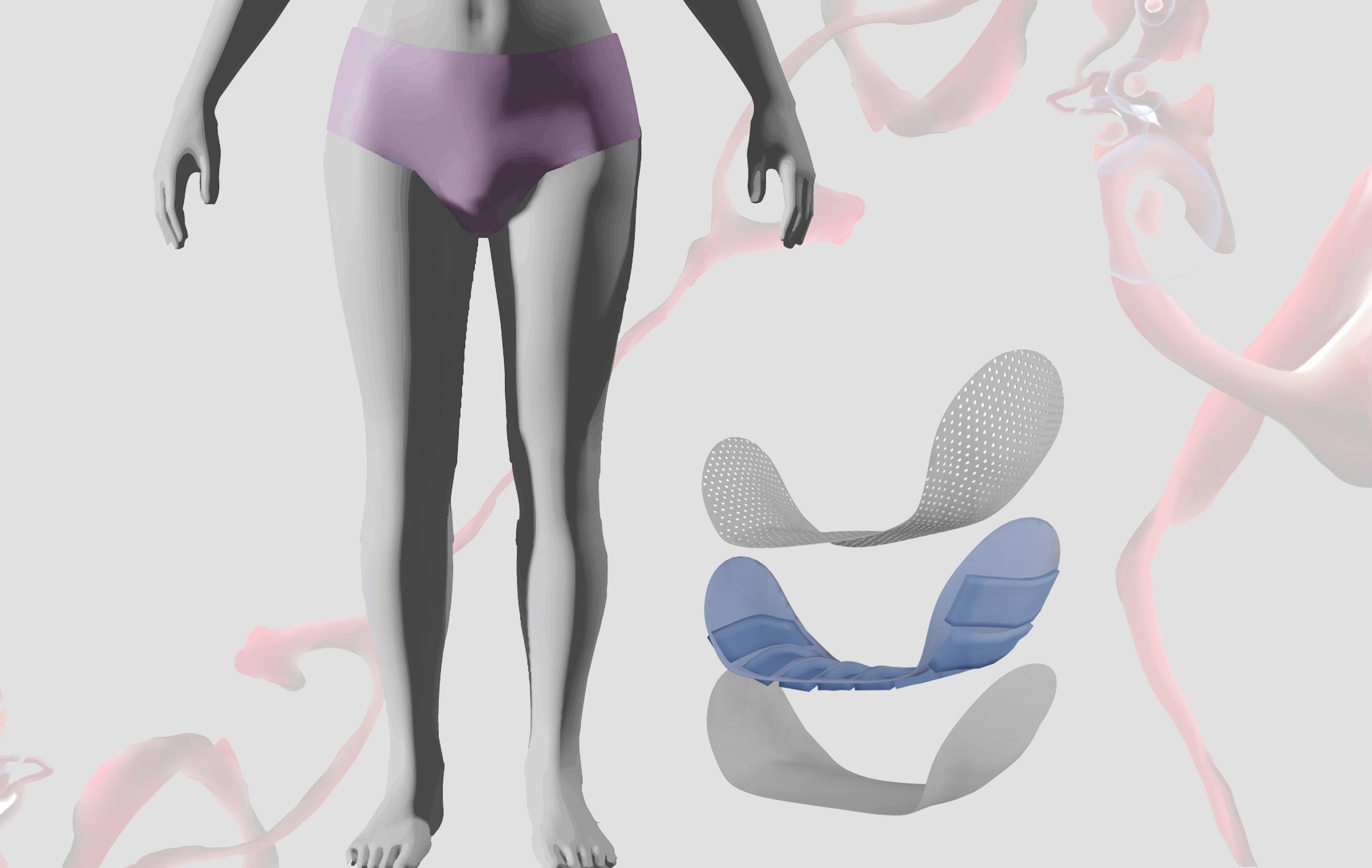
Period by Akshita Maheshwari, Kashish Jain, Muskan Jain and Riya Prajapati
Bio design students Akshita Maheshwari, Kashish Jain, Muskan Jain and Riya Prajapati proposed a method to safely and noninvasively extract stem cells from menstrual blood.
The students aimed to create a system that provides a continuous supply of stem cells for medical treatments, benefitting numerous people without harming the donor.
“As a part of the annual biodesign studio at The Design Village, a cohort of interdisciplinary learners took forth the challenge to tackle the taboo around menstruation.”
“With a specific focus on a segment of population that menstruates and the future of healthcare, they developed a product that works as a non intrusive method of extracting stem cells (menSCs) present in period blood.”
Students: Akshita Maheshwari, Kashish Jain, Muskan Jain and Riya Prajapati
School: The Design Village
Course: Bio Design
View the full school show ›
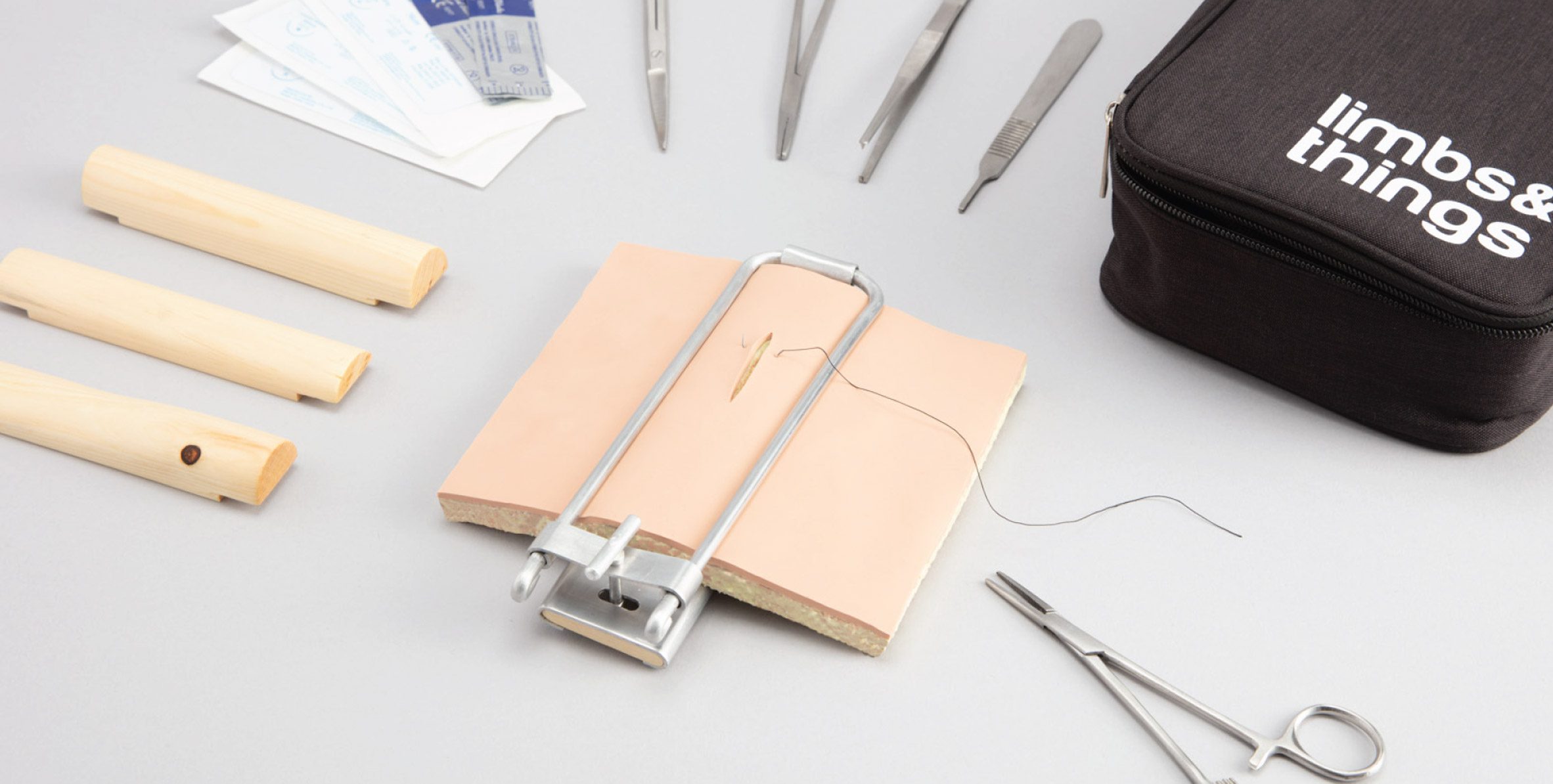
EcoStitch by Rebecca Mellor
The amount of silicone waste that is thrown into landfill instead of being recycled each year was the driving force for the development of product design engineering student Rebecca Mellor’s recycled silicone suture pad.
Different layers of specifically chosen and formulated materials create a convincing skin-like texture, holding sutures realistically and fostering improvement in medical practice.
“This project develops an innovative material that contains 60 per cent recycled silicone particles, formulated to imitate the soft texture of adipose tissue, otherwise known as body fat,” explained Mellor.
“The skin tissue layer is made from 100 per cent repurposed silicone offcuts from the factory, with a firmer silicone glue between the two sheets to replicate the properties of a dermis skin layer.”
Student: Rebecca Mellor
School: Brunel University
Course: Product Design Engineering
View the full school show ›

Carebase – AI-driven Solutions for Elderly Care Services That Also Help to Prevent Dementia by Kelly Cheuk Yu Tang and Zhengtong Lin
Master of design students Kelly Cheuk, Yu Tang and Zhengtong Lin combined artificial intelligence (AI) and big data to increase independence in the elderly.
Aiming to make up for the limited availability of caregivers, the Carebase is a companion robot and platform that provides physical and mental assistance.
“The project aims to facilitate the elderly in leading to a healthy lifestyle. With the use of AI and big data, Carebase is an intelligent platform that evaluates the user’s profile and provides recommendations or solutions for the elderly, their family members and caregivers,” said Cheuk, Tang and Lin.
“At the same time, Carebase provides an intelligent companion robot that assists the elderly in achieving a healthier life through daily reminders, entertainment and interaction, while providing companionship and collecting daily behavioural data for better user assessment through AI.”
Students: Kelly Cheuk Yu Tang and Zhengtong Lin
School: Hong Kong Polytechnic University (PolyU)
Course: Master of Design (Design Practices)
View the full school show ›
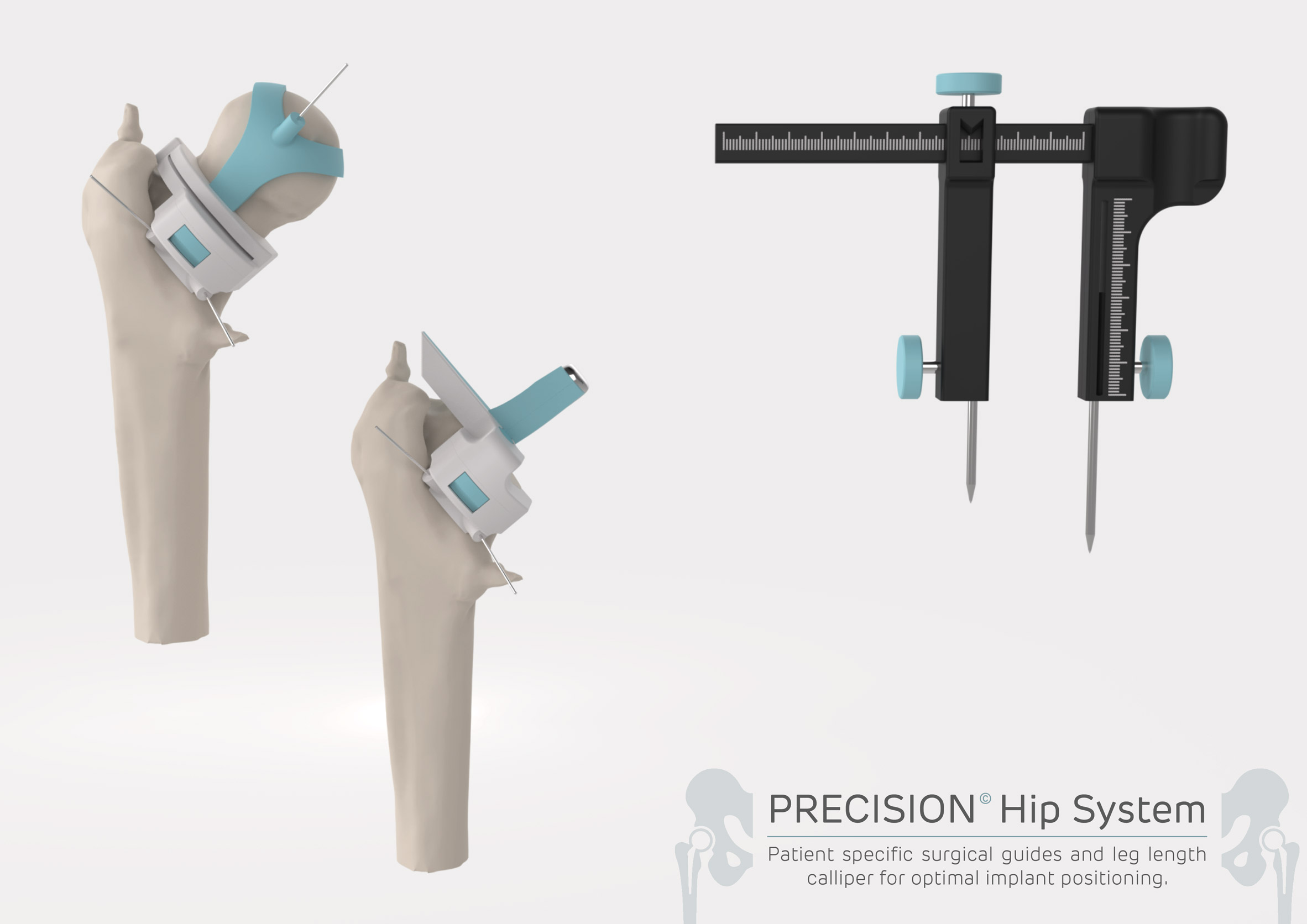
Precision Hip System by Thomas James Brew
Industrial design student Thomas James Brew designed a navigation system that aims to assist surgeons during hip replacement surgery.
3D-printed surgical guides and callipers guide the placement of femoral implants, aiming to reduce complications commonly suffered by patients due to inaccurate placement.
“There is a current lack of instruments and techniques available to surgeons for finding the correct position for the femoral implant during surgery, and as a result, leg length discrepancies are one of the most common complications following a hip replacement,” said Brew.
“To prevent these discrepancies, the Precision Hip System uses 3D-printed patient-specific surgical guides as well as a leg length calliper for checking measurements throughout the operation.”
Student: Thomas James Brew
School: Loughborough University
Course: MSc Integrated Industrial Design
View the full school show ›
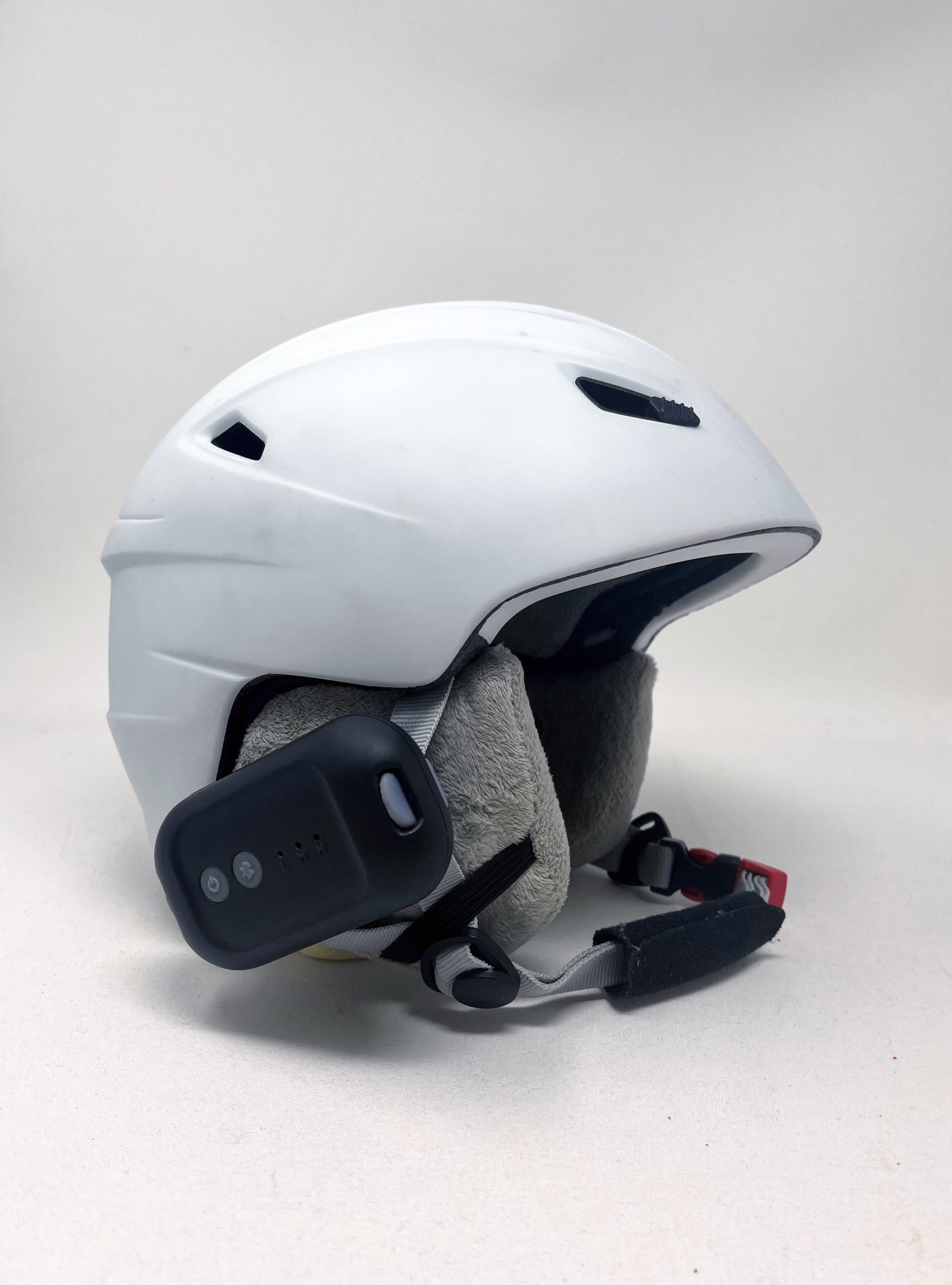
Brain Bleed Detector by Jess Logan
Informed by the number of brain bleeds that go unnoticed for a dangerously long time, Jess Logan created a ski helmet that aims to prevent the escalation of head injuries caused by skiing accidents by detecting them early.
The helmet is powered by heat generated by the body, utilising an accelerometer to measure the impact caused by accidents and determine the severity of any injuries.
“Brain bleeds often aren’t detected immediately and the patient may seem fine for a few hours, sometimes days after the accident,” explained Logan.
“CT scans are the only way to detect them and doctors can then drain the blood and prevent permanent damage or fatality.”
Student: Jess Logan
School: Brunel University
Course: Product Design Engineering BSc
View the full school show ›
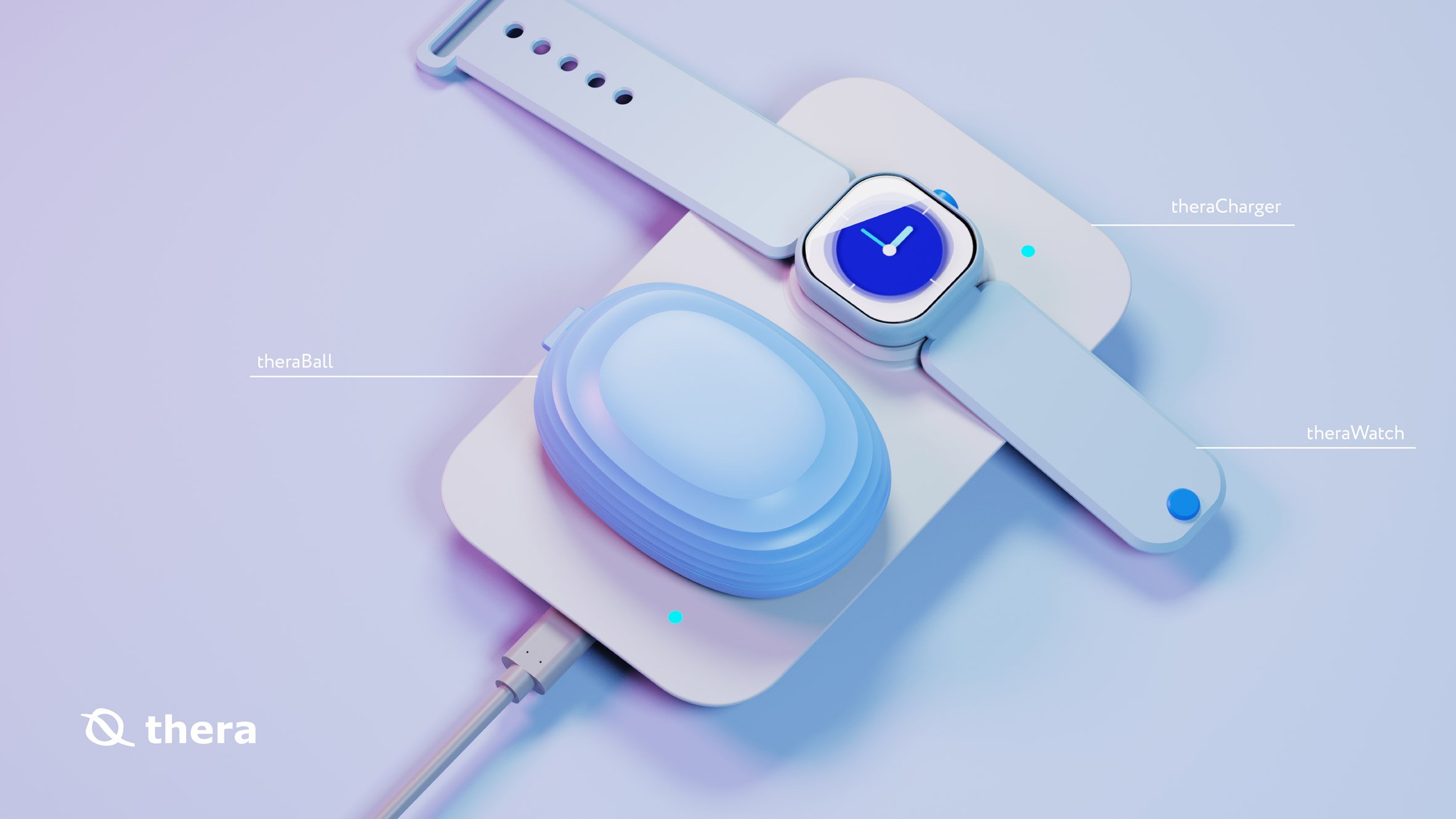
Thera by Shih Ching Chang
Taking the form of both a physical and digital product, industrial design student Shih Ching Chang developed Thera, aiming to provide stroke survivors with upper limb rehabilitation assistance in the comfort of their own home.
The theraKit device connects to the theraApp to provide instant assistance, eliminating the inconvenience of waiting for appointment availability and excessive travel.
“The design solution includes one physical solution, theraKit, and one digital solution, theraApp,” explained Chang.
“The experience is enhanced by connecting the physical devices with the supporting digital application called theraApp, which is an application that incorporates the therapy processes not only for stroke survivors but also for stakeholders such as healthcare professionals and stroke communities.”
Student: Shih Ching Chang
School: Loughborough University
Course: MSc Integrated Industrial Design
View the full school show ›
Partnership content
These projects are presented in school shows from institutions that partner with Dezeen. Find out more about Dezeen partnership content here.
The post Seven innovative student design projects that enhance healthcare appeared first on Dezeen.

